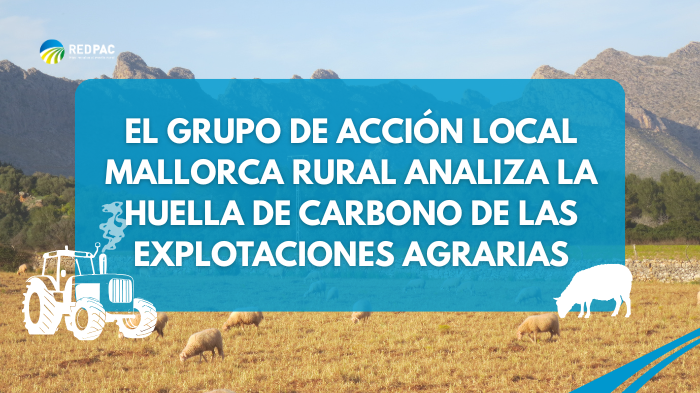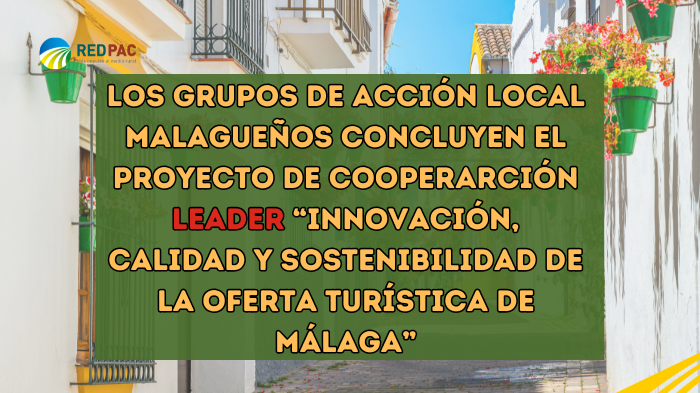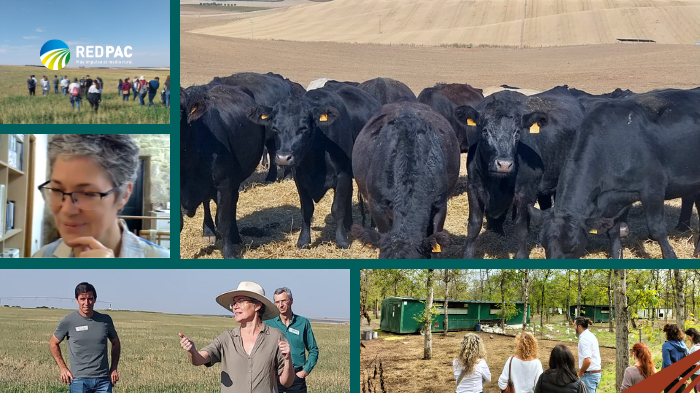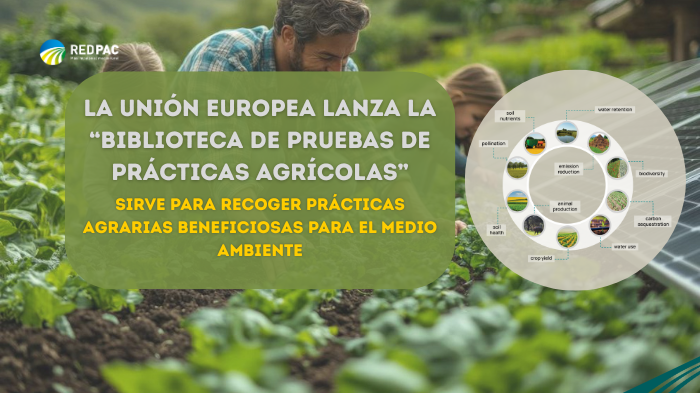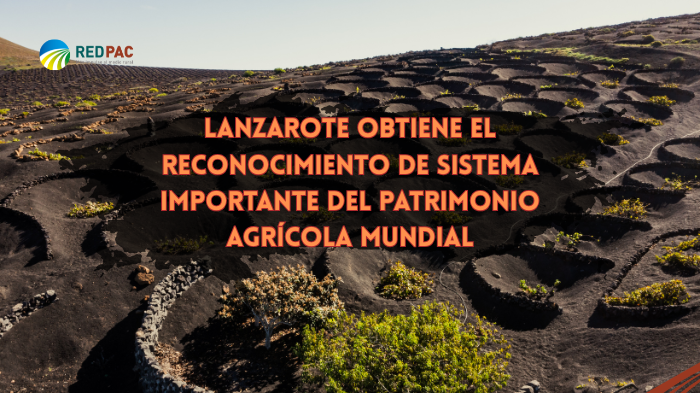The Bill modernizes the regulations in force since 1992 and integrates measures for digitalization…
Agricultural and natural environments cannot only coexist, but must be allies in their mutual survival. Endangering ecosystems invariably impacts crop health, as is already happening in many areas with declining bee and bird populations.
Maintaining and restoring agroforestry biodiversity; improving the diversity of agricultural landscapes and their connectivity with natural habitats; and promoting sustainable production systems (with proper waste, plastic, and slurry management) are global objectives on which the CAP Network is collaborating. The environmental and economic benefits provided by these ecosystems—water, soil, pollinating insects, impact mitigation, etc.—make their conservation a necessity, ranging from local actions on farms and pastures to European protection instruments such as the Natura 2000 Network , a benchmark for the sustainable development of rural areas.
News
Events, workshops and training
Related documentation
Savia Rural Magazine: Fall 2025
Savia Rural Magazine, No. 8, Fall 2025
Good practices in livestock ecoregimes: Regenerative extensive grazing
🐄 How can extensive livestock farming protect the environment and access European aid?
Good practices in agricultural ecoregimes: Biodiversity Spaces
Did you know that you can take care of the environment and receive direct aid?











